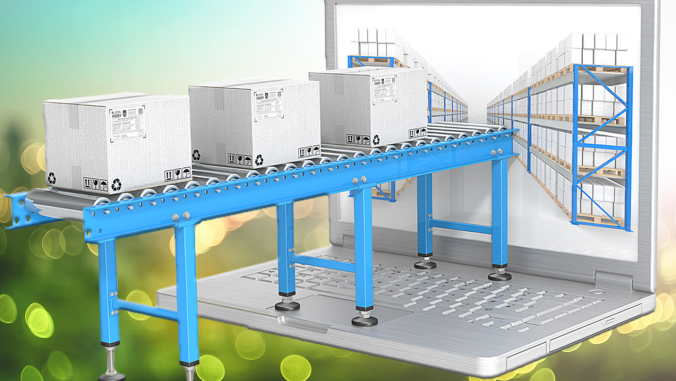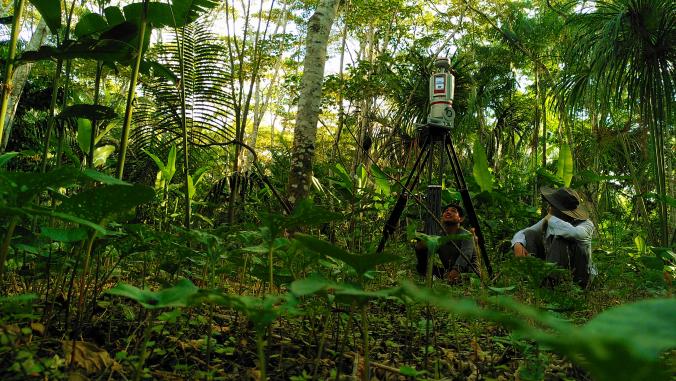The premiere of the GreenBiz weekly newsletter about sustainable food systems
We’re in a crisis that is also an opportunity.

Hello and welcome to Food Weekly. I’m Jim Giles, senior analyst for carbon and food systems here at GreenBiz. Thanks for signing up. (If this was forwarded to you, sign up here to receive your own free subscription.)
We’re launching Food Weekly because we’re in a crisis that is also an opportunity. The crisis is that we’ve built an unsustainable food system that is degrading soils, polluting waterways and damaging our climate. It’s a system that somehow manages to waste literal mountains of food while simultaneously leaving hundreds of millions of people hungry or malnourished.
And the opportunity? Over the past few years, as the scale of the problem has become clear, more sustainable solutions have emerged for profitably producing and distributing food. If we can scale these solutions, we will create a new kind of food system — one that can feed a growing global population, protect biodiversity and help roll back climate change.
I’m going to track the progress of these solutions here at Food Weekly. Sometimes that’s going to mean shining a light on unsustainable ways of working. Other times it will involve something that the mainstream media is bad at: celebrating success. Over the past year, for example, I’ve been buoyed by news about peak pasture and a pledge by General Mills to move 1 million acres of farmland over to regenerative agriculture by 2030.
Commitments like that can seem insignificant given the scale of the challenge. Take climate change. According to the World Resources Institute, worldwide greenhouse gas emissions from agriculture and land use need to be limited to 4 gigatons (Gt) per year by 2050 (PDF) if global temperatures are to rise by no more than 2 degrees Celsius. Yet the sector’s annual emissions are on course to hit 15 Gt by the same date.
The WRI analysis, however, also presents a menu of steps for holding emissions to that lower figure. There are 22 of them, all of which need attention from executives, entrepreneurs, activists and policymakers. Some are already attracting investment. Plant-based meat startups raised more than half a billion dollars in 2018, for instance. Other areas, like regenerative agriculture, are poised for significant growth.
So, yes, the challenge is daunting. But I suspect that when we look back to this moment 10 or 20 years from now, we’ll realize that we also had an unusual opportunity to act.
I hope you’ll join me as I track the transition of our food system. I’d love to know — starting now — about the ideas, people, companies and technologies that we should be writing about. I’m also interested in your ideas about what we should feature at VERGE Food, our new conference on sustainable food systems, which will take place Oct. 27-29 in San Jose, California, as part of the larger VERGE conference and expo.
Here are a few nuggets of news and analysis that caught my attention this week:
Re-Nuble turns food waste into fertilizer pellets for indoor farms (Yale Climate Connections)
The fast-casual chain targeting zero waste by 2022 (The Spoon)
How pre-competitive collaboration is helping aquaculture become more sustainable (PDF) (WWF)
The radical British farmer fighting to make space for nature (New Yorker)
Deforested parts of the Amazon are emitting more carbon than they absorb (BBC)
I look forward to hearing your stories, questions, feedback, rants and tips. Please email me at [email protected].





